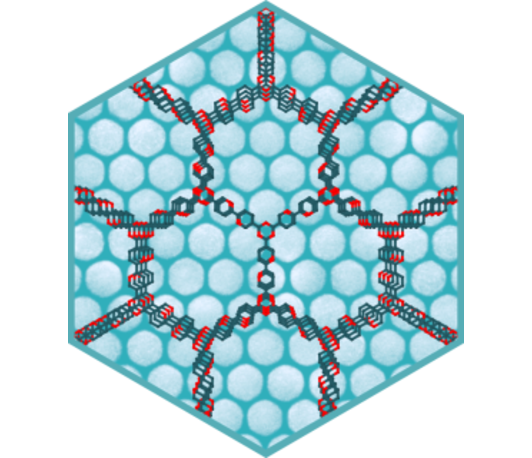Exploring low pressure flexibility in 3D-linker MOFs
- Datum: 09.04.2025
- Uhrzeit: 14:00 - 15:00
- Vortragende(r): Lauren K. Macreadie
- Dalton 224, School of Chemistry, UNSW Sydney
- Ort: Max Planck Institute for Solid State Research
- Raum: 7D2

Flexible Metal-Organic Frameworks (MOFs) offer unique advantages in CO2 adsorption due to their dynamic and tunable nature. These MOFs can undergo structural changes (such as expansion or contraction) in response to external stimuli like gas pressure, temperature, or chemical exposure. When CO2 molecules are present, these frameworks can "open" their pores selectively, enhancing CO2 adsorption while excluding other gases. Penultimate examples of these materials, such as MIL-53 with Al(OH) corner sharing nodes, involve the use of aromatic linkers. Recently, we have shown that using 3D-linkers can lower the vibrational landscape of the MOF and lead to enhanced flexibility. [1]
This research presents two new frameworks and explores their flexibility using both temperature and gas loading experiments. These frameworks are [Zn2(cdc)(trz)2(DMF)] (1) and [Zn2(Br-cdc)(trz)2(DMF)] (2) (1,2,4-trizole = trz, and cubane-1,4-dicarboxylate = cdc). Gas adsorption analysis was performed to determine the propensity of either 1 and 2 to adsorb molecular guests and determine some framework properties as a result of introducing a bulk 3D-linker to this zinc-azolate pillared system. Gas adsorption experiments were integrated with in-situ powder X-ray diffraction (PXRD) to observe structural changes during the adsorption and desorption process. This asynchronous approach allows for the structural changes at lower pressures to be identified rather than relying upon the PXRD from the ex-situ gas sorption isotherms run primarily.[2] Using this technique, we have been able to identify the flexibility of these 3D-linker pillared MOF frameworks and the effects governing this. Furthermore, we show the inflexibility of the aromatic analogue compared to these aliphatic analogues, further expanding the application repertoire of these aliphatic systems.
References
[1] C. Chen, H. E. Maynard-Casely, S. G. Duyker, R. Babarao, C. J. Kepert, J. D. Evans, L. K. Macreadie Chem. Mater., 2023, 35, 23, 9945–9951.
2] S.-Q. Wang, V. Bon, S. Darwish, S.-M. Wang, Q.-Y. Yang, Z. Xu, S. Kaskel, M. J. Zaworotko CS Materials Lett., 2024, 6, 2, 666–673.